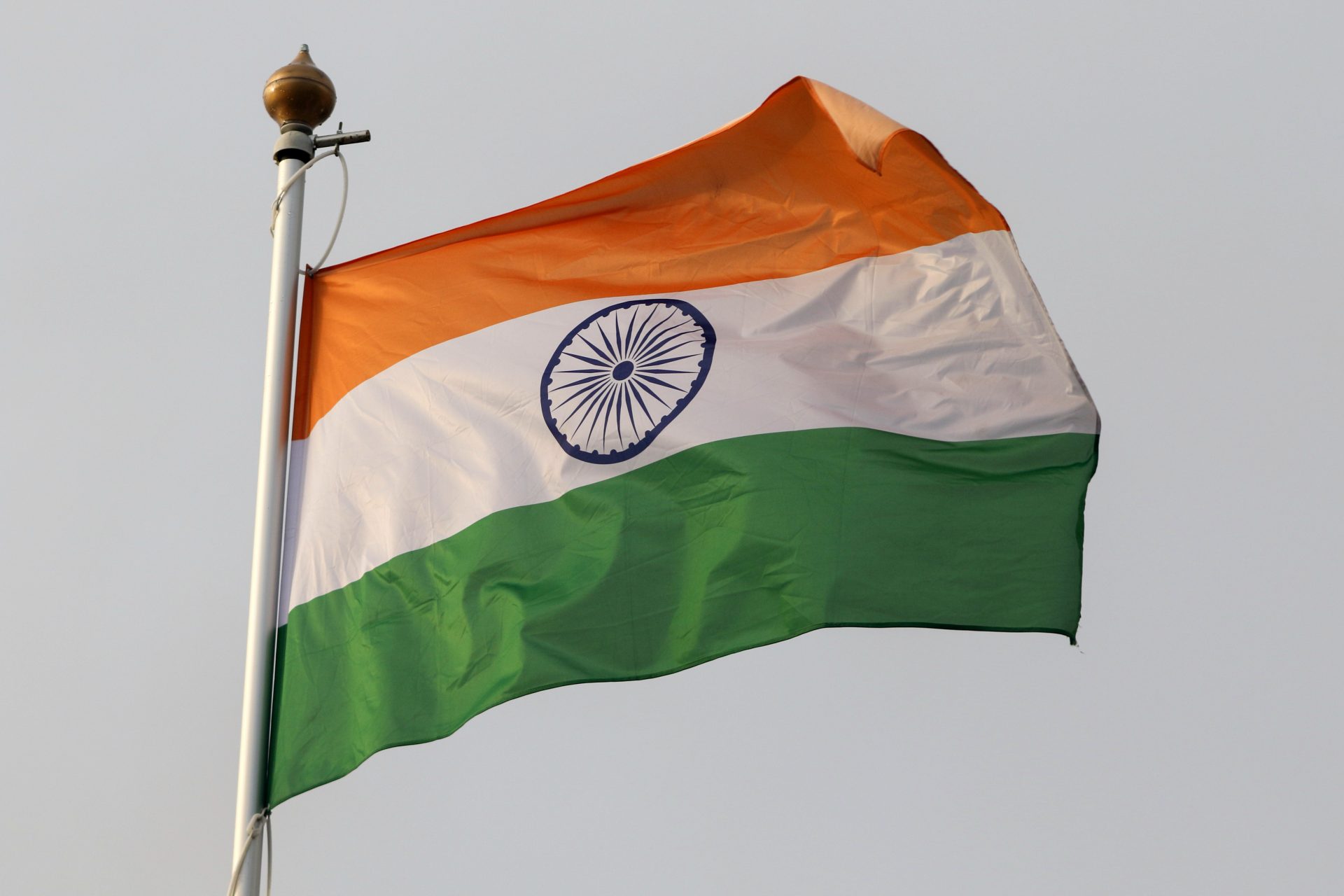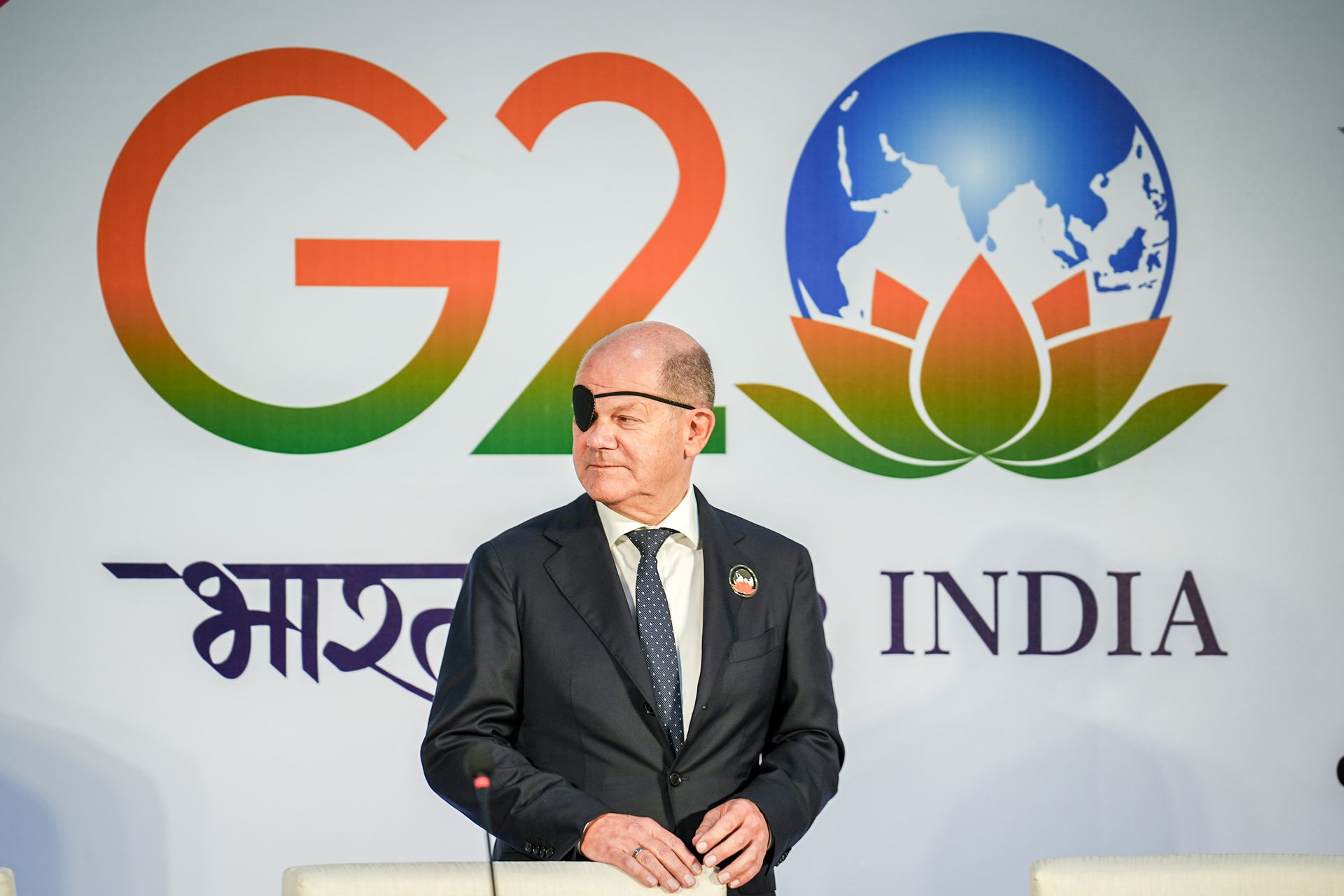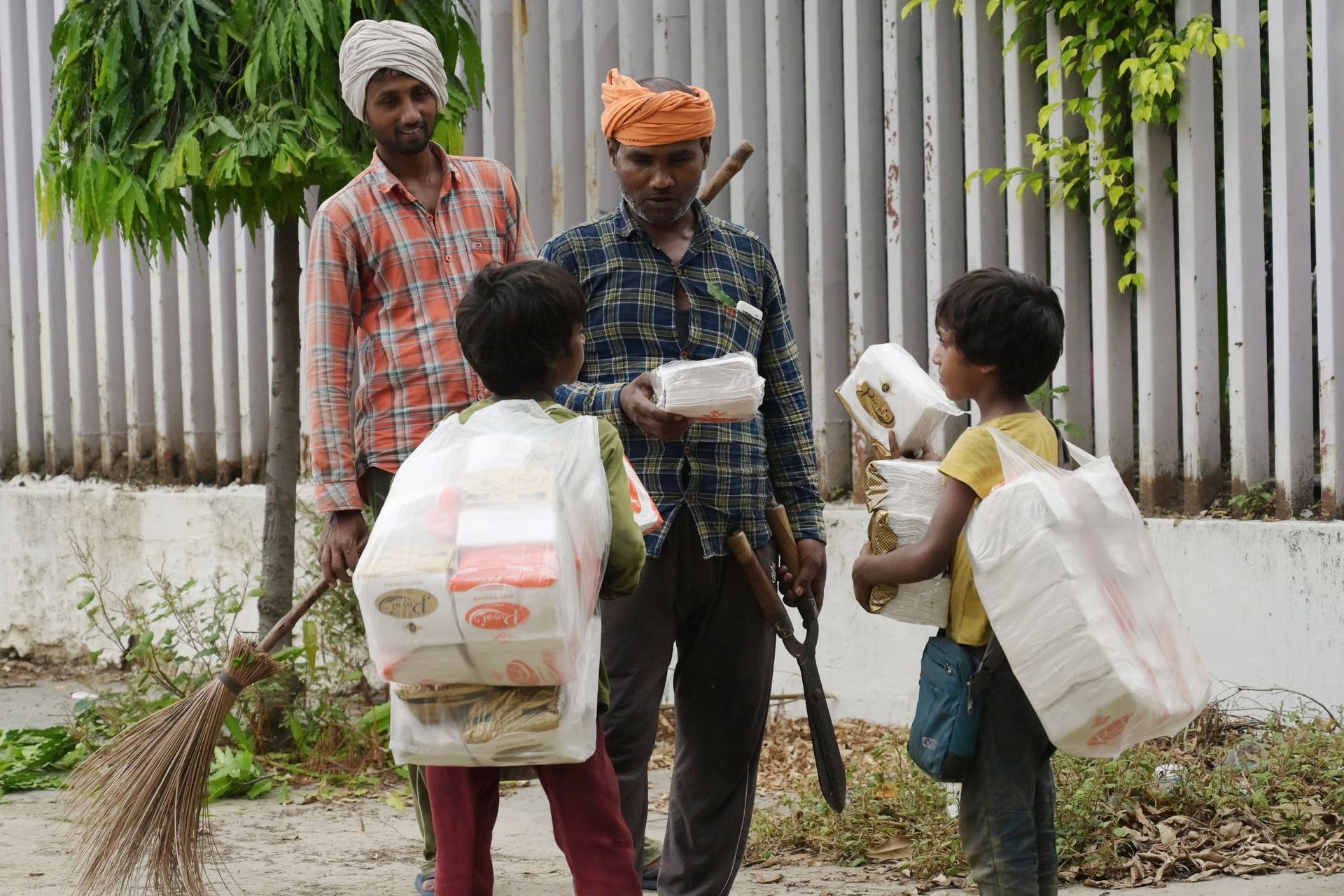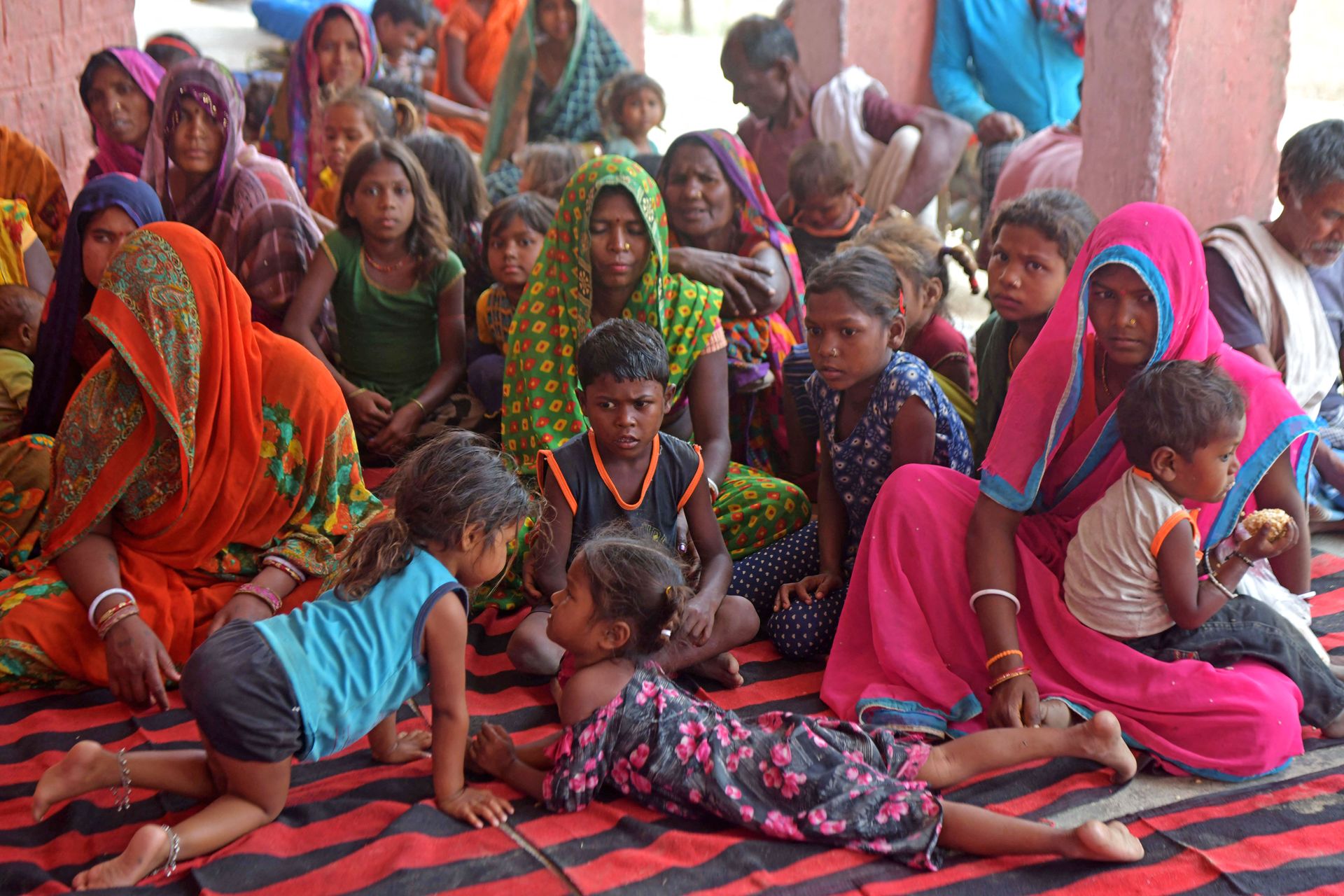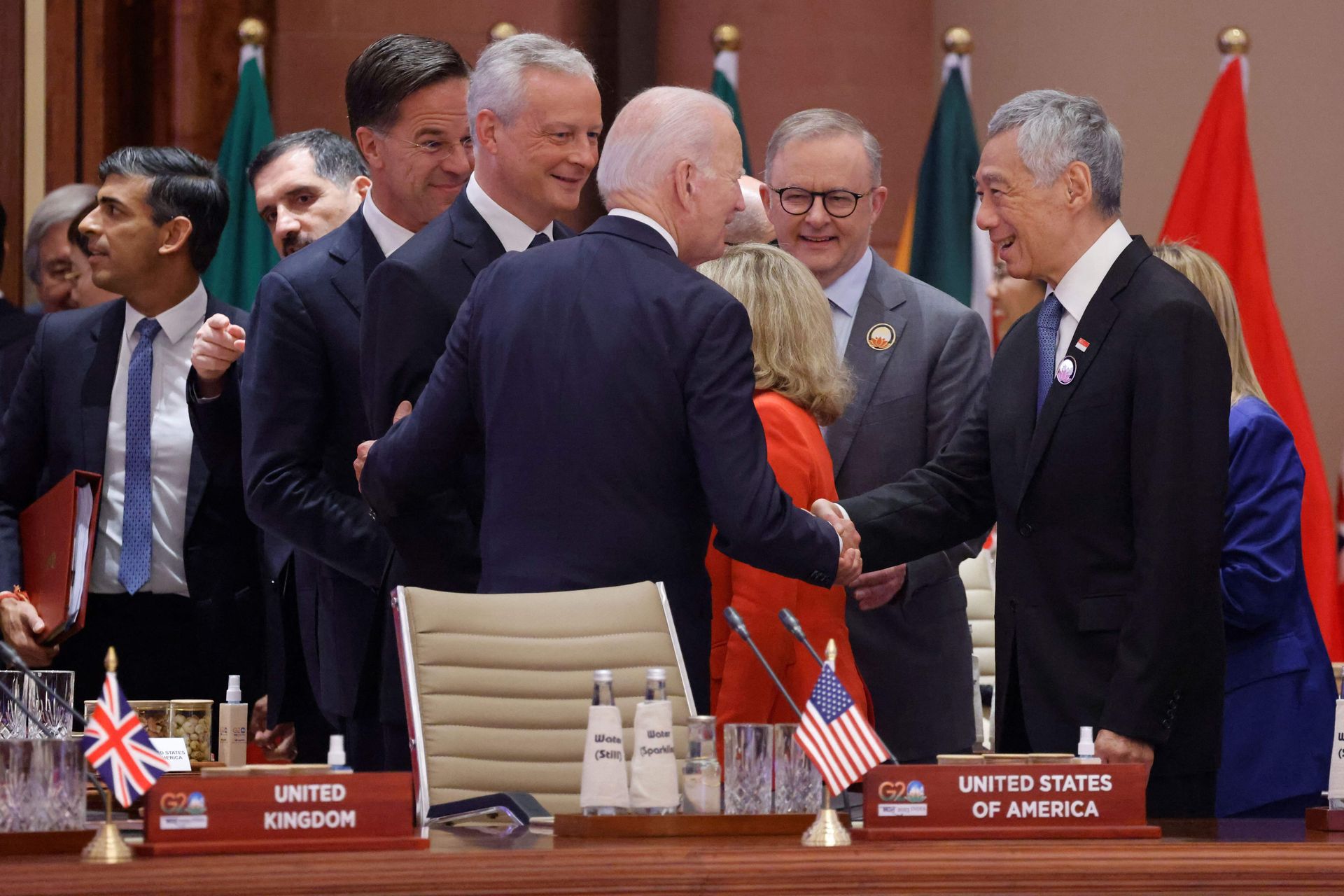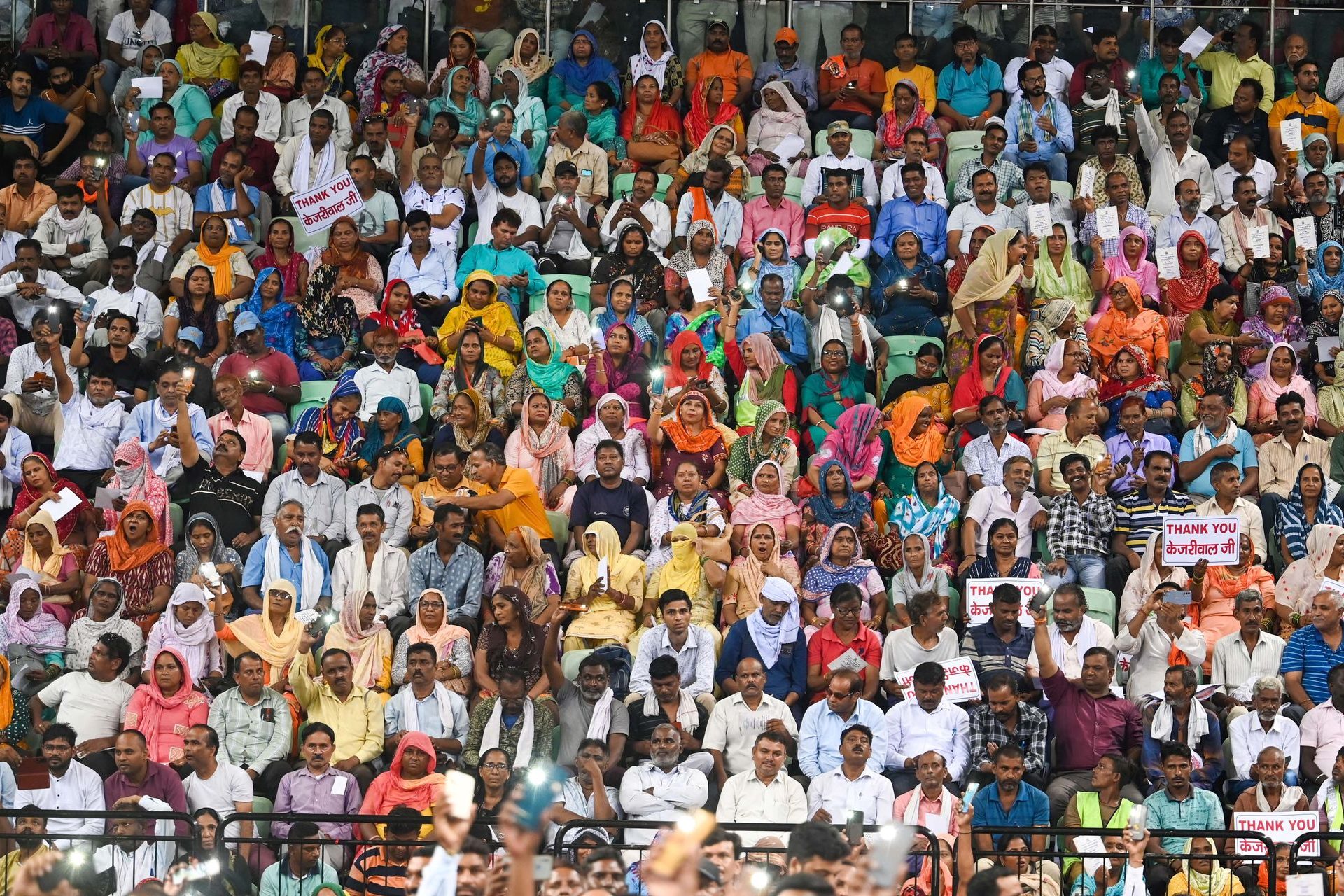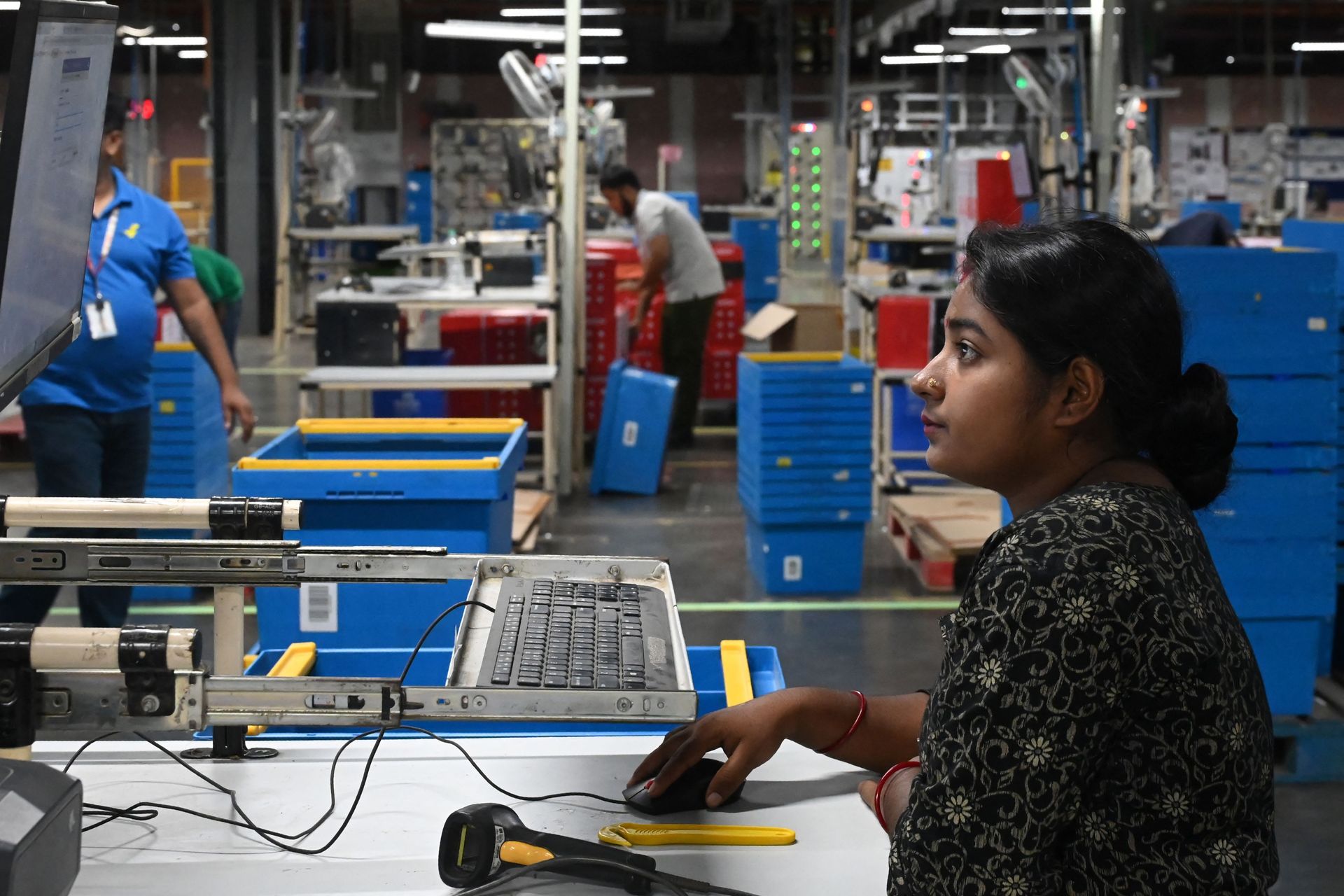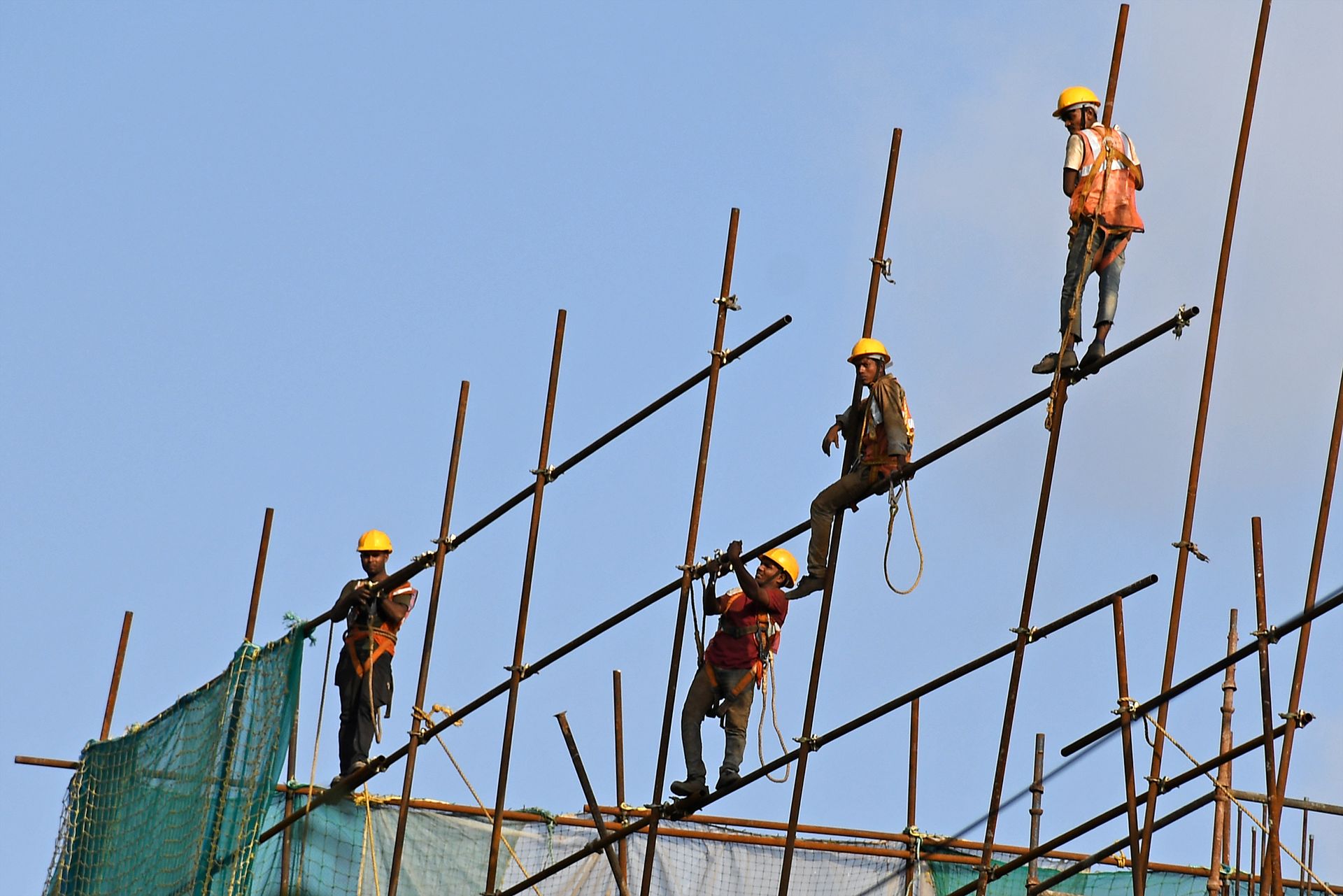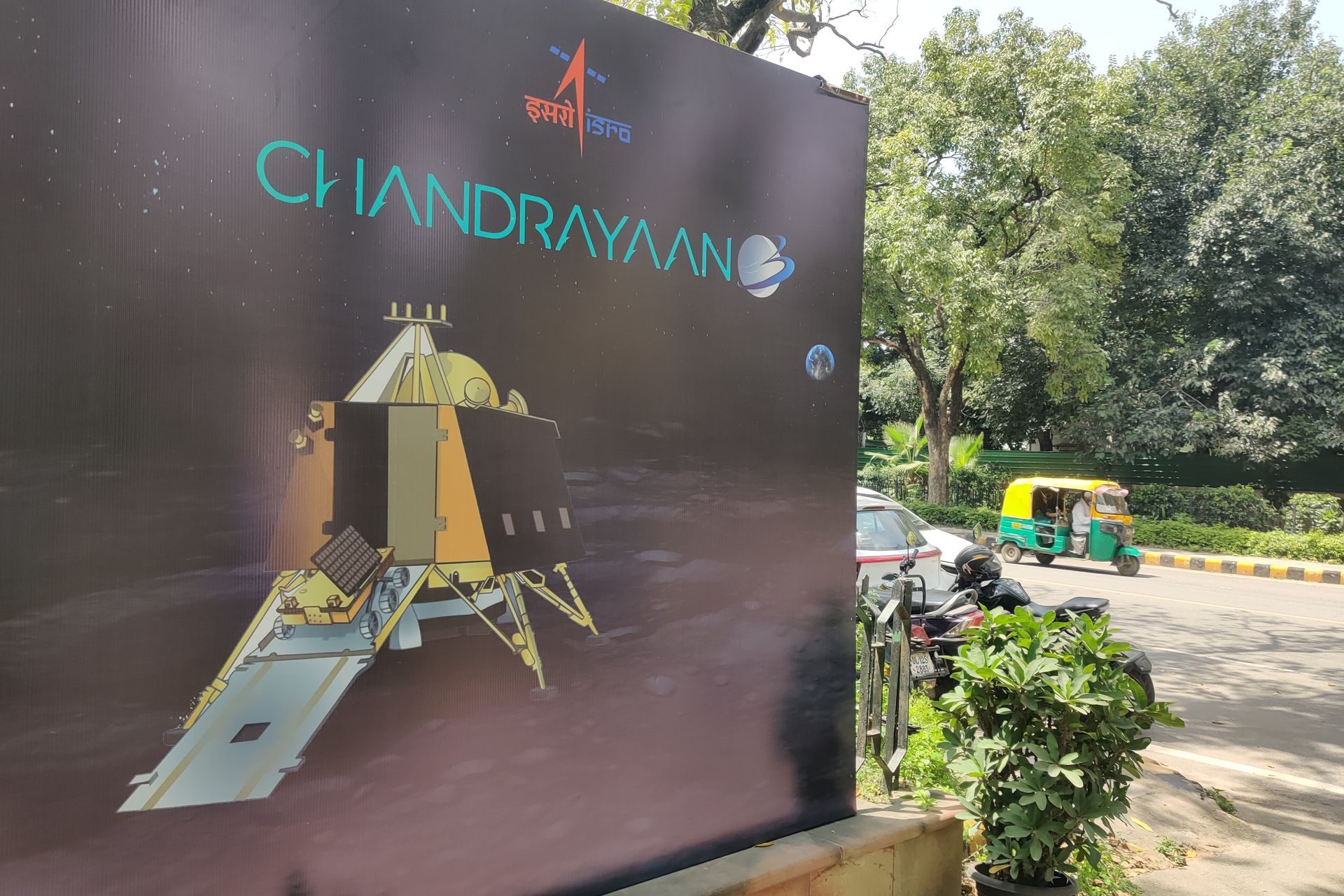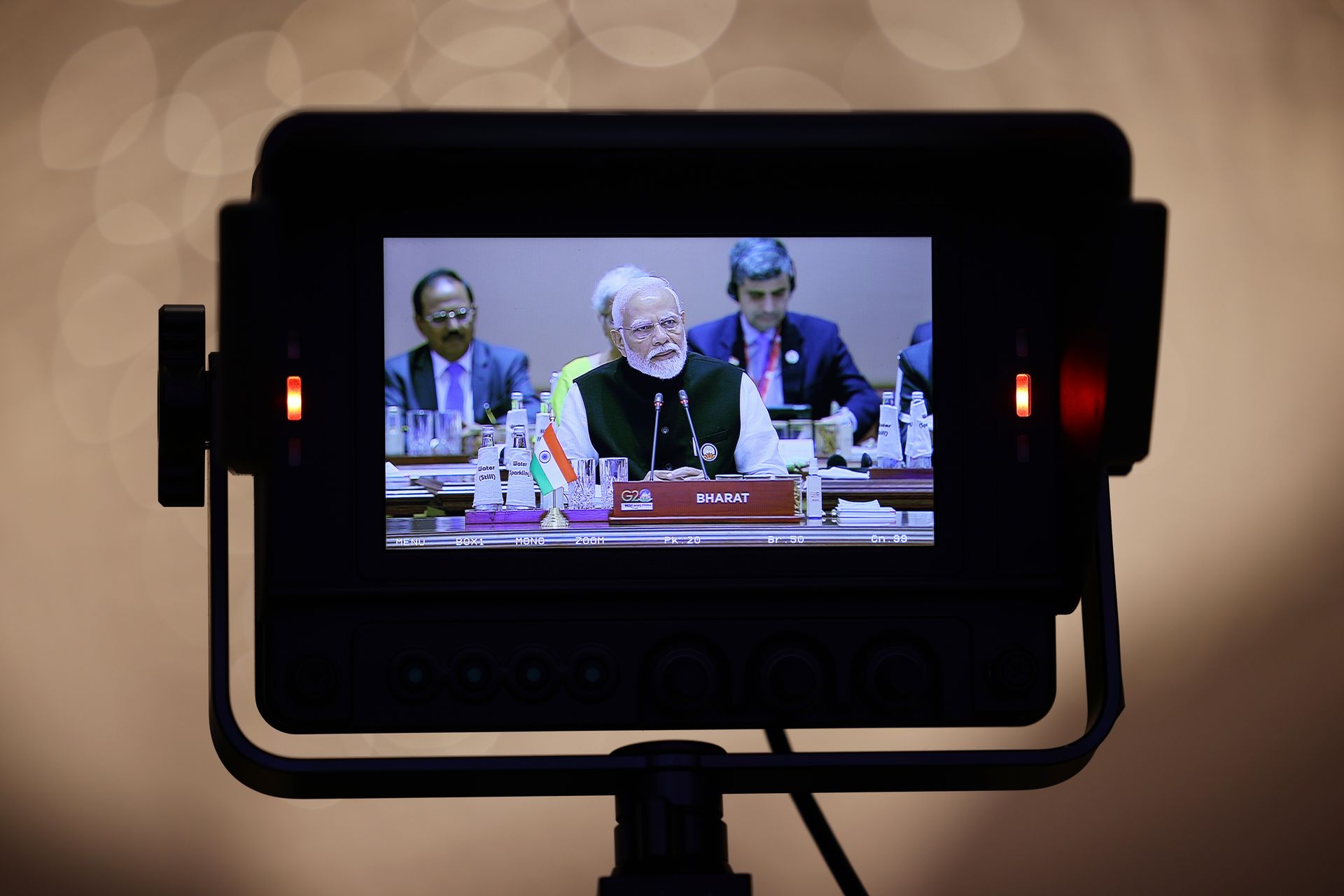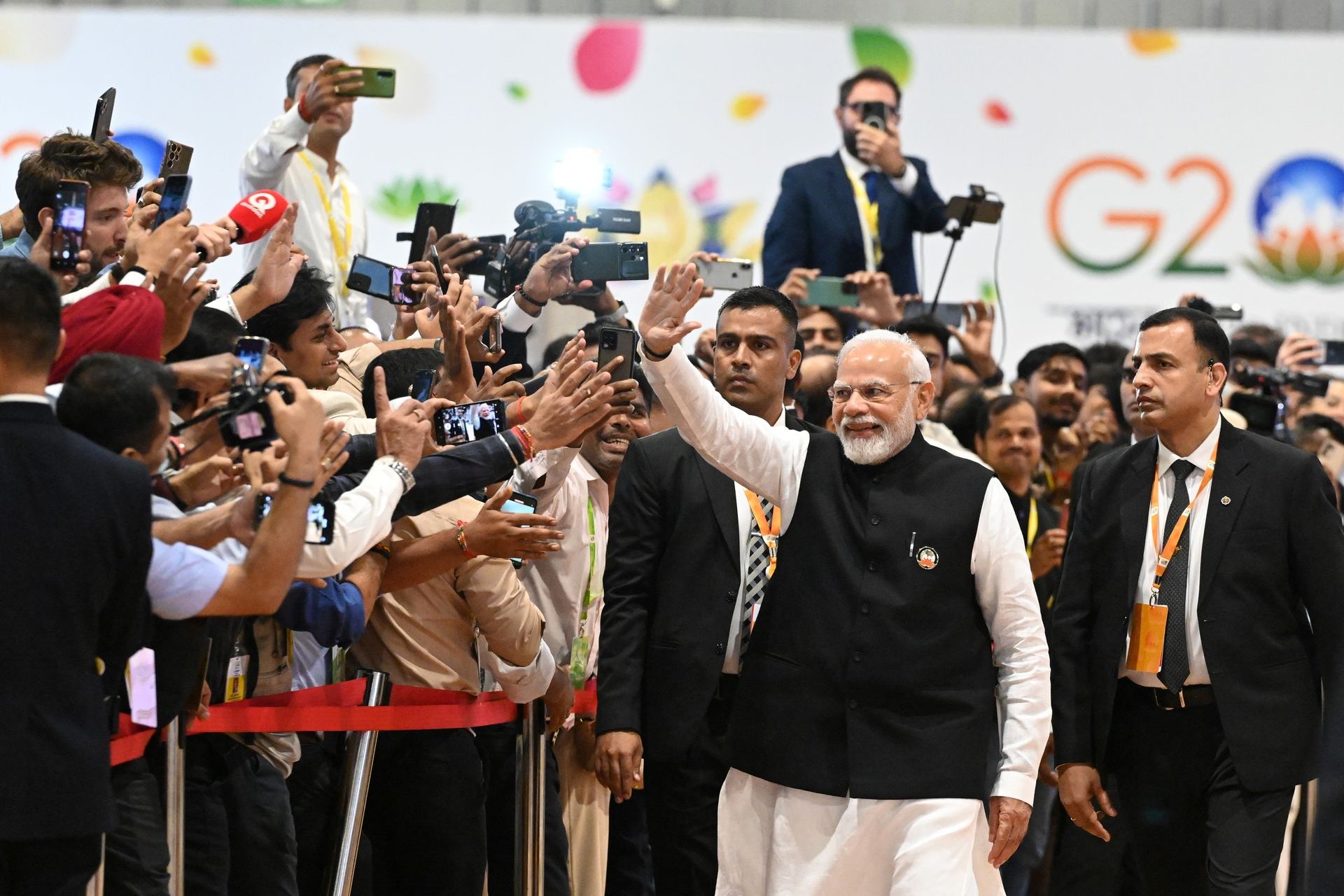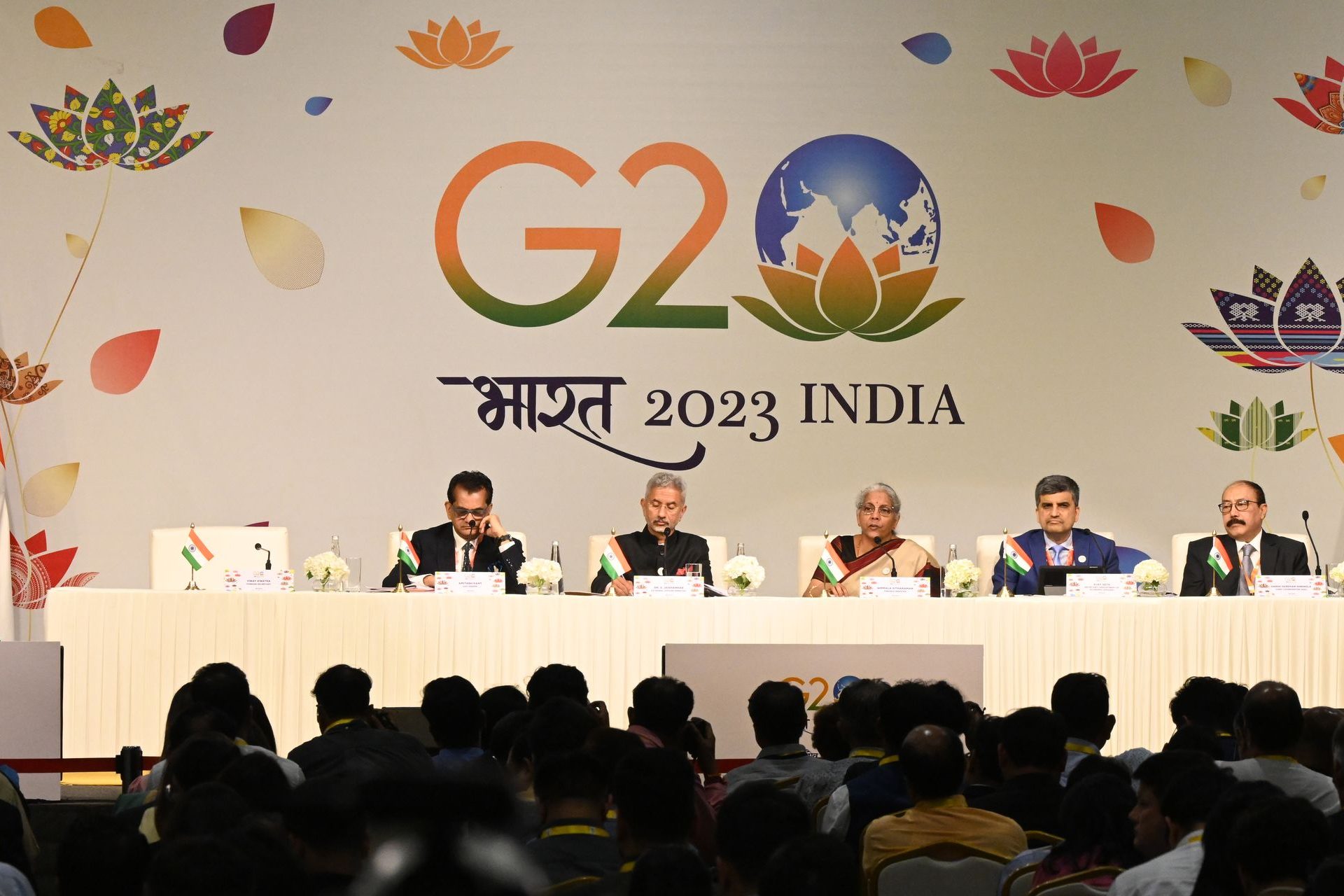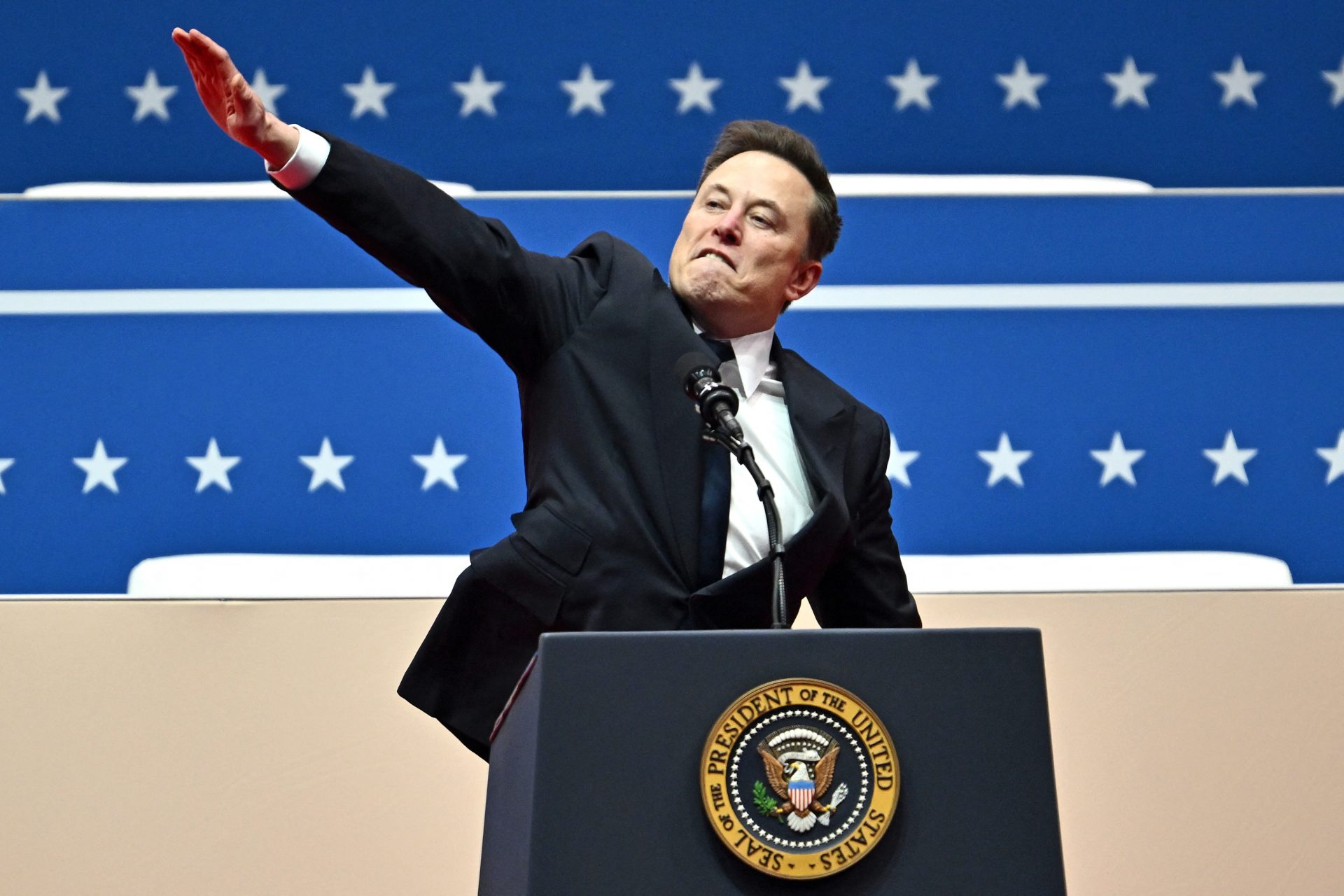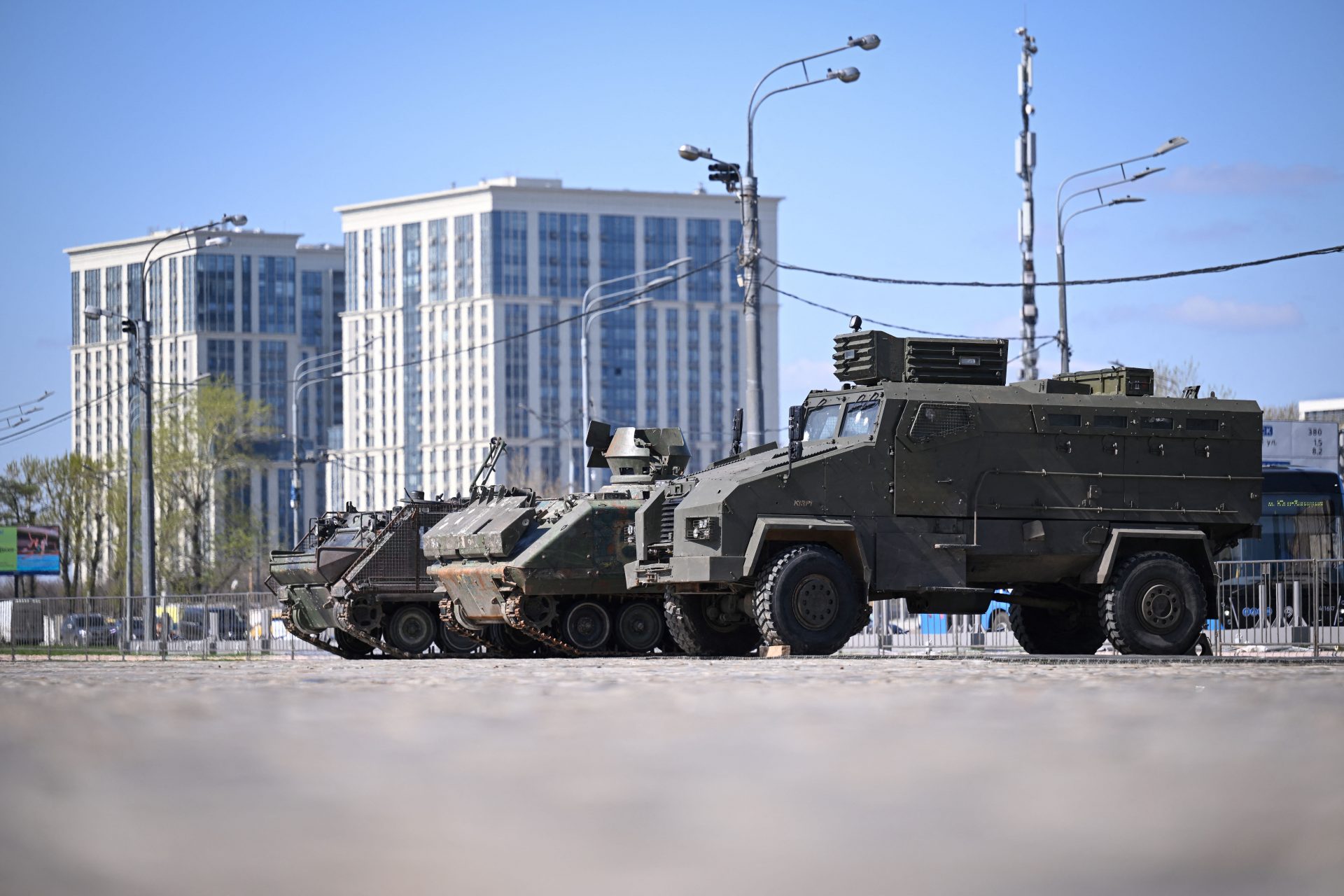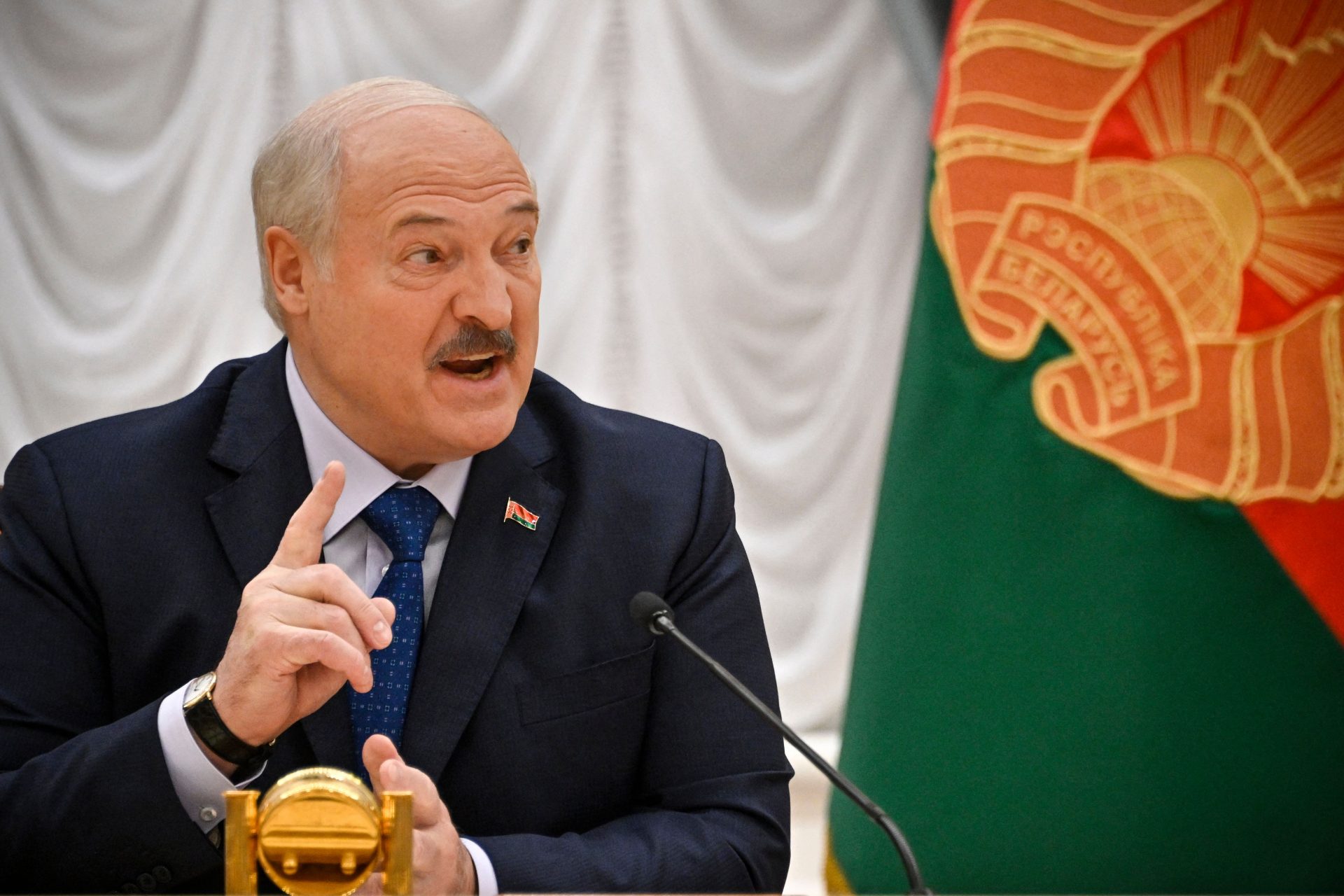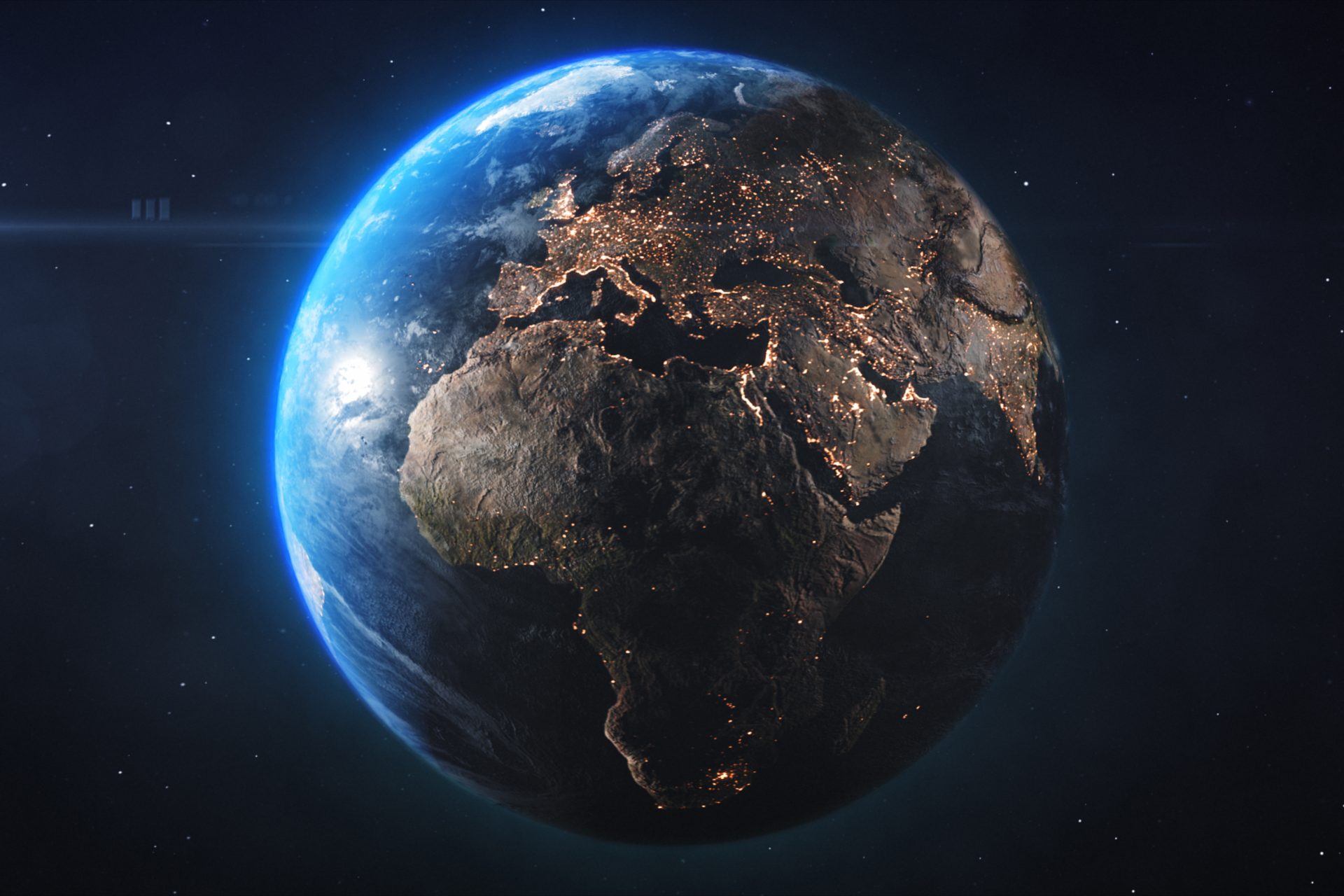India will be the third largest economy by 2030, a report says
If its predicted annual growth continues, India will become the world's third economy by 2030, according to a report by the finance firm S&P. The organization forecasted a 6.7% annual growth for the country.
The firm also said the achievement depends on continuing policy reforms to promote private investment and reduce dependence on government spending.
Some less conservative estimates, like the one by investment banking firm Jefferies, calculate that India will reach third place in 2027. The country has been on a path of firm economic growth in recent years.
Still, S&P warned in a press release that the country needs to invest in Climate Change mitigation to prevent natural disasters from affecting food security and agricultural investments.
Thanks to its demographic weight and sustained economic dynamism, India has become a major geopolitical player in recent years. It has led the G20 group, joined the BRICS, and acquired a privileged position in the middle of Western and anti-western nations.
The most conservative projections, by Goldman Sachs, expect the Asian giant to become the second-largest economy in the world by 2075, below China and ahead of the US.
Despite this economic leap forward, member of parliament and political leader P. Chidambaram told Bussines today that India has the lowest per capita income of the G20.
According to the Congress member, 50% of the country's population has 3% of the country's wealth, showing how growth has not reduced inequalities.
Goldman Sachs analysts explained that India’s growth has been mainly driven by domestic consumption. However, the development of free trade agreements, particularly with the European Union, may change this.
Service exports and labor have also helped balance India's macro economy. The country is a gigantic reservoir of cheap, English-speaking, highly qualified labor, particularly in the digital field.
Still, Goldman Sachs experts say that labor force participation is an opportunity for the country, especially women's further integration into the productive sector. Low participation could slow down the growth.
Another factor in the current Indian boom is the country's rapid modernization, which is investing massively to catch up in infrastructure.
The country's space program is an example of technological and infrastructure advancements. On August 23, an Indian rocket landed on the Moon. Only the United States, Russia, and China have achieved this.
Goldman Sachs also lists renewable energies as an opportunity to enlarge the Indian economy. The country is pushing electric vehicles and green hydrogen.
Between its economic and scientific successes and its rise in power at the international level, Indian power no longer hides its grand ambitions.
The nation has the added benefit of being in the Asia-Pacific, the fastest-growing region of the world economy, S&P Global’s Asia-Pacific chief economist told CNBC.
More for you
Top Stories



